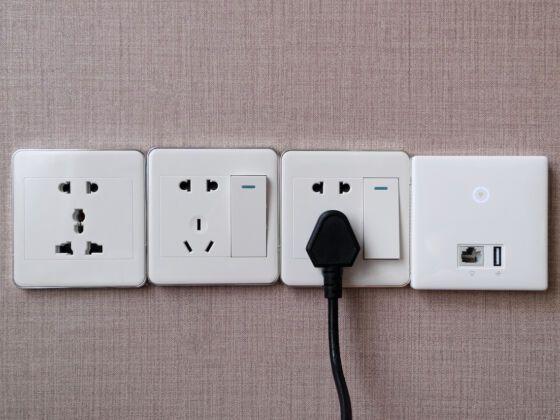Don’t fry your electronics or be caught with round prongs when only flats will do. Here’s a little primer on voltage and plug shape, with a few handy websites to bookmark and revisit any time you’re off to foreign lands unknown.
Voltage
In most places, electricity comes out of the wall at approximately either 110 or 220 volts, though there are regions with voltage as low as 100 V (Okinawa) and as high as 280 V (Kabul). A few countries have more than one voltage running at the same time (homes in Brazil are notorious for this), and usually the 220 outlets are labelled as such.
Educate yourself or lick your wounds: plugging in a 220 appliance at 110 means it runs reallllly slowwwww. Plugging in a 110 appliance at 220 means a curly wisp of dense white smoke and your appliance ceasing to function. RIP mini food processor, 2001-2006.
Luckily, most camera chargers, many electric razors, and almost all computers can accept 110 or 220 V. If not, you’ll have to carry a transformer (not the same as an adapter).
